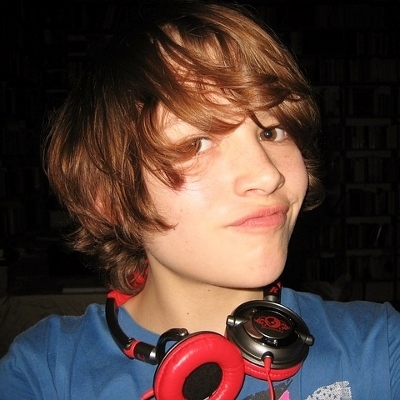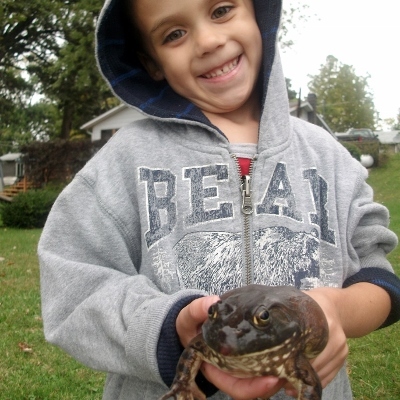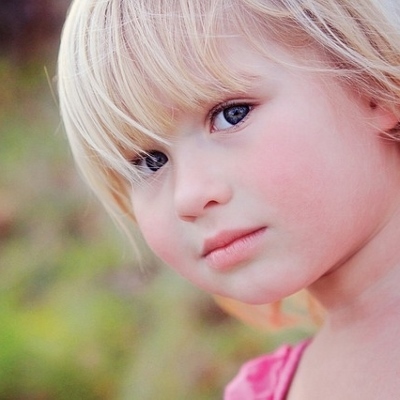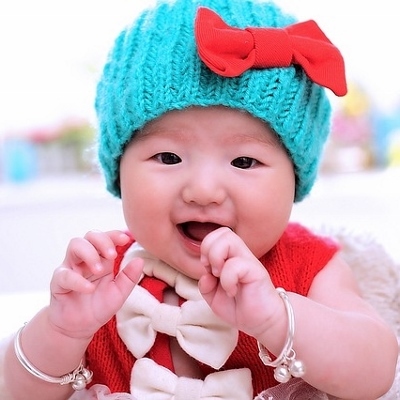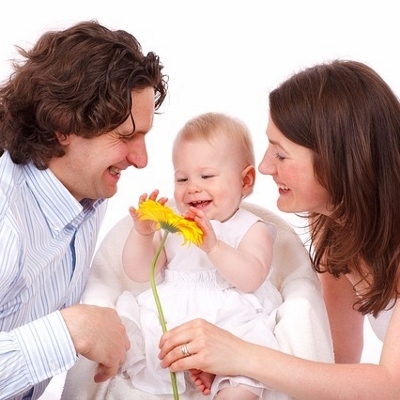 You don’t need expensive toys to teach babies skills. Homemade toys and household objects will tickle their senses and can present the best educational baby toys you have had the pleasure to use.
You don’t need expensive toys to teach babies skills. Homemade toys and household objects will tickle their senses and can present the best educational baby toys you have had the pleasure to use.
As we raise our children, parents think that expensive educational toys for babies are necessary. Store-bought toys are nice but not always needed for teaching skills. Babies learn through their senses – so let them use their eyes, hands, ears, and nose to learn about the world around them. Try to provide homemade toys that help the baby learn through all of the senses. The toys in this article are easy to make. Best of all the objects are usually in the household, so these toys are free. When your baby tires of the toys pitch them into the recycle bin or trash and then create new ones. Always keep safety in mind first when using materials.
Making Noise
Look in your house for things that make noise. You might find rattles, an unopened box of beans, a minute timer and whistle. Sit with the baby and play with these toys. Talk about the sounds. Yes, talk — babies learn vocabulary and talking skills through hearing your voice. Compare the sound of each toy to the next — does it sound the same or different? Blow the whistle a few times. Then turn the minute timer on for a minute or two and let it ring. Increase interest in sounds as you try different household objects.
What Do You Smell?
I’m sure you can find a variety of objects in the house with interesting smells. Think about soap, spices, perfume, or creams. Hold the object or place a dab on your hand. Place the object near the baby’s nose. Watch the baby’s face for a smile or frown. Talk to your baby about the smell, for example say, “This is perfume. You smell it on mommy. Do you like the smell?
Outdoor Exploration
Take the baby outdoors and let her sit on a blanket with you on the grass. Does your baby like the way the grass feels? It could be dry and prickly or wet and smooth. Place her in a sandbox and feel the sand. What about sitting on a sidewalk? Again, let the baby touch the surface. Use vocabulary that explains how the surface feels, like warm or cold, rough or smooth.
Animals Are Fun
Provide baby books or find large pictures of animals in magazines. As you look at the pictures together, talk to your baby about the animal. Use your mouth and make animal noises. For example, show a picture of a cow and say,†Here is the cow’s body. He is very big. The cow makes the milk we drink. The cow says, Moo.â€
When you play with educational baby toys, check for tiny parts and make sure the toy is a safe size. Use the cardboard toilet tube roll to judge the safety of a toy. If the toy passes through the tube, it’s too small for your baby to play with safely.







